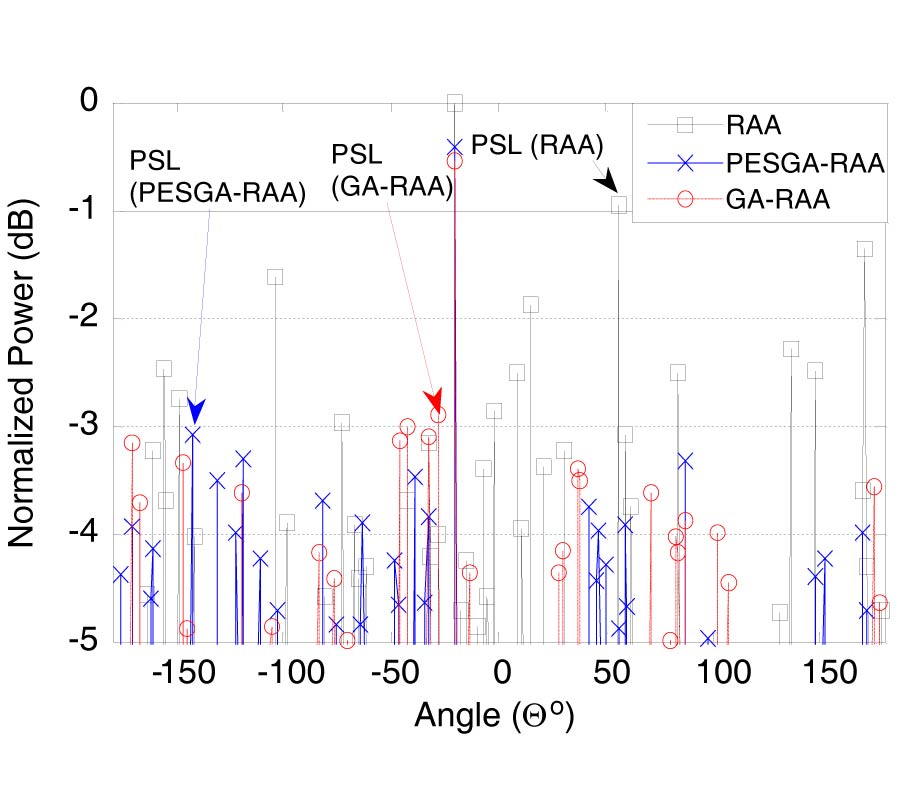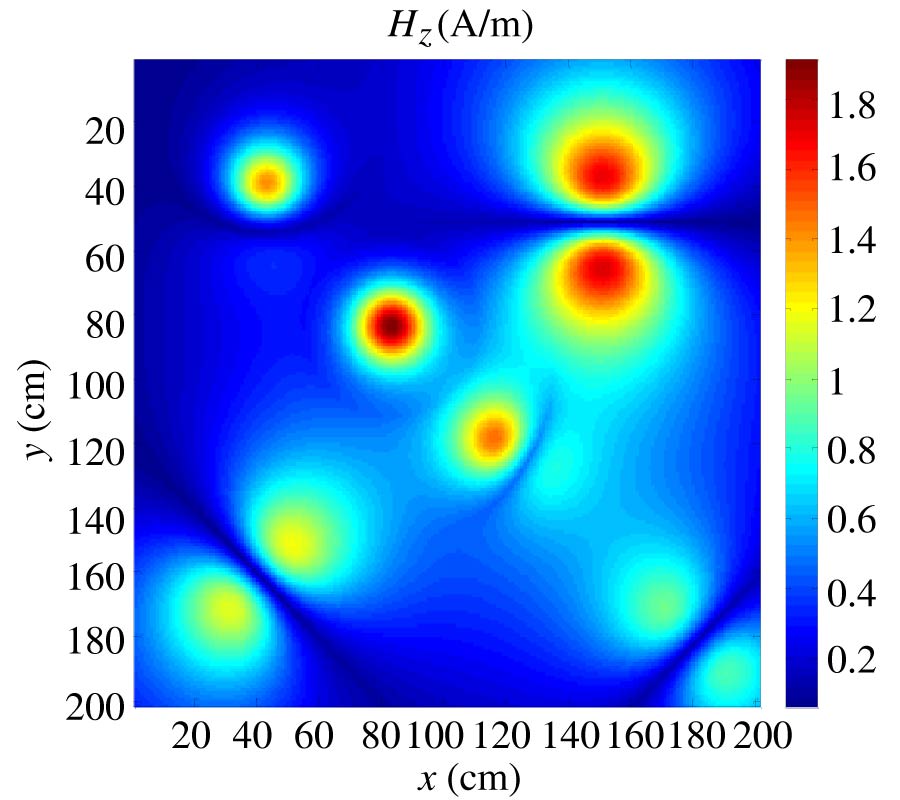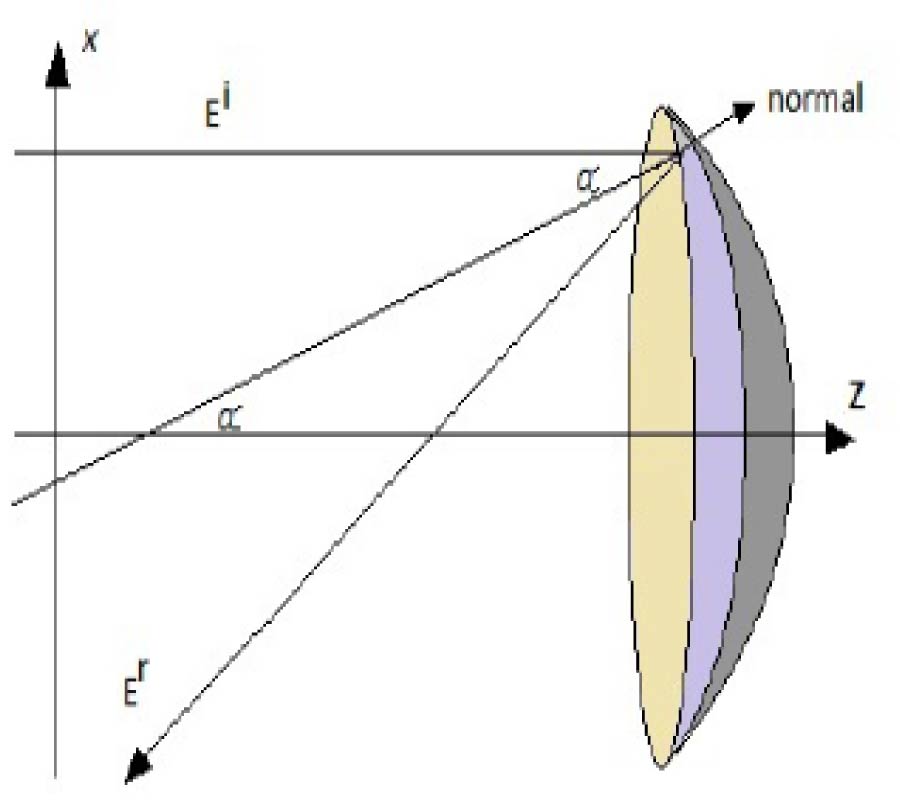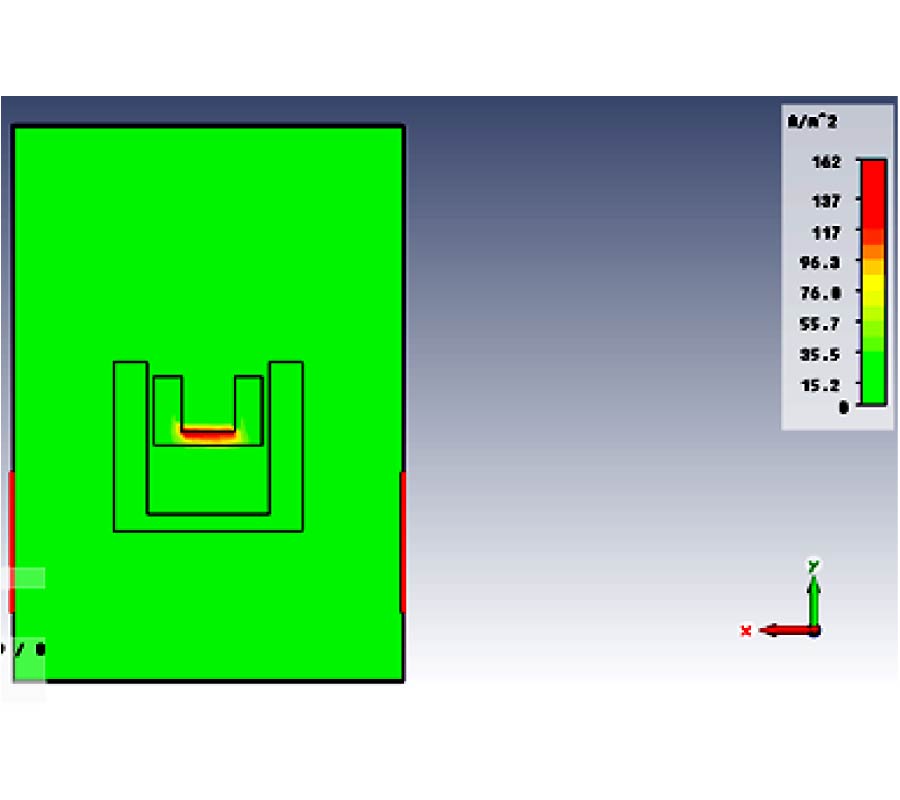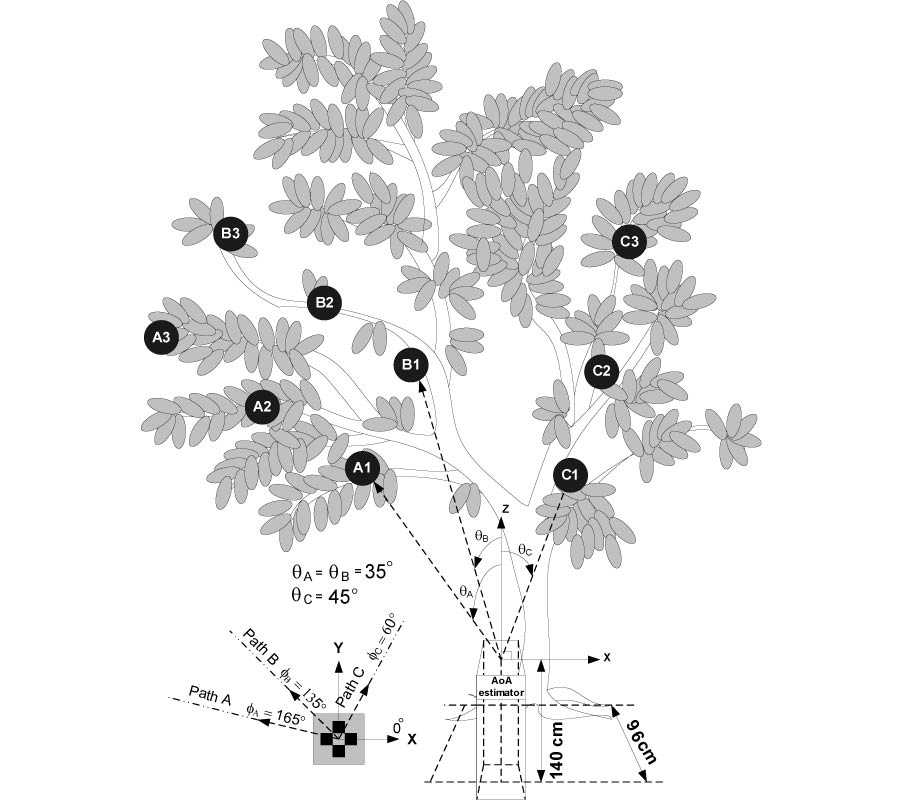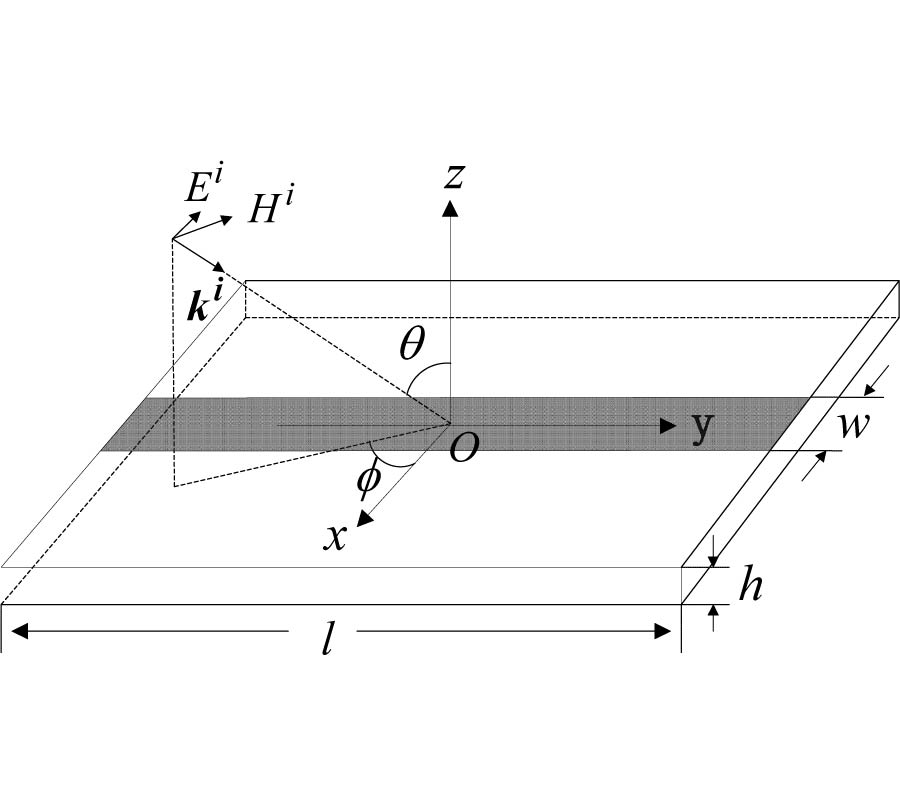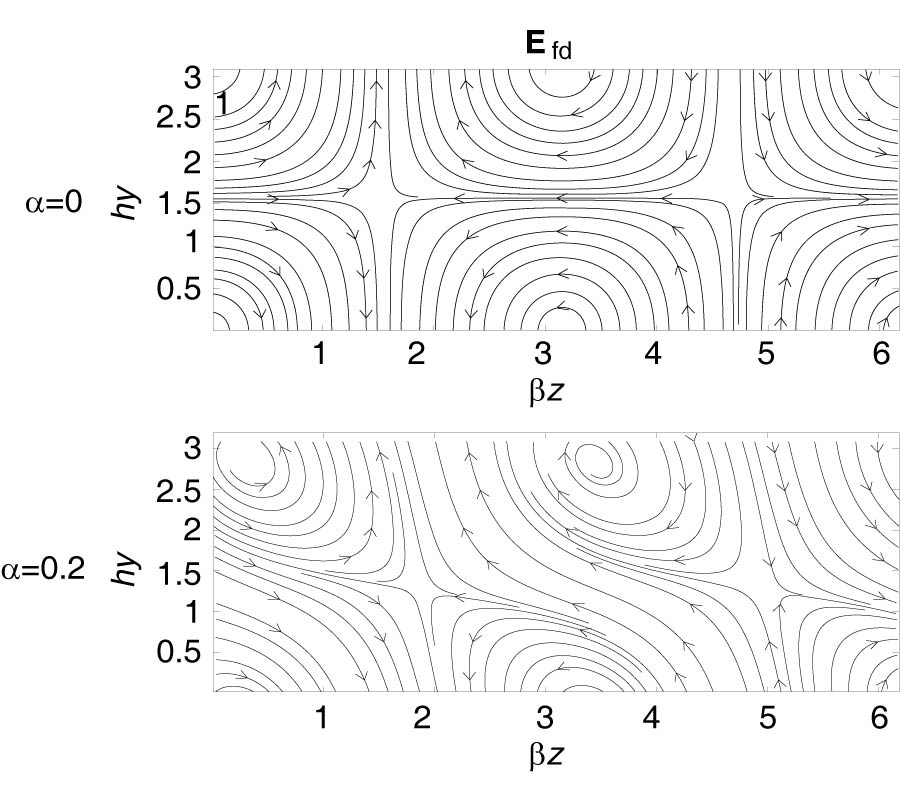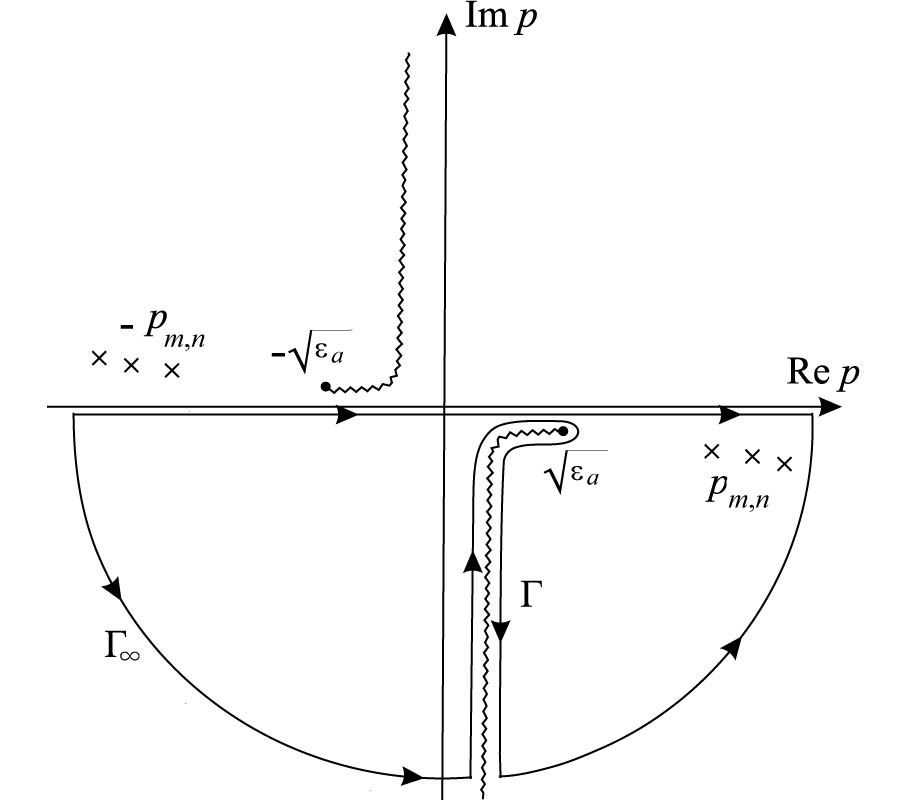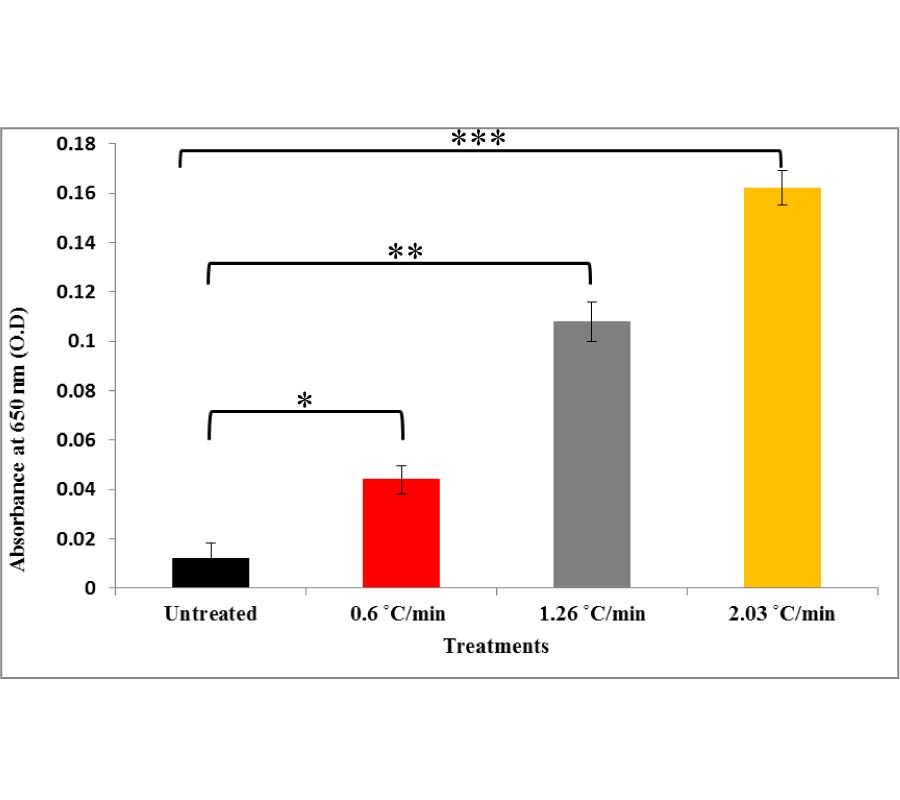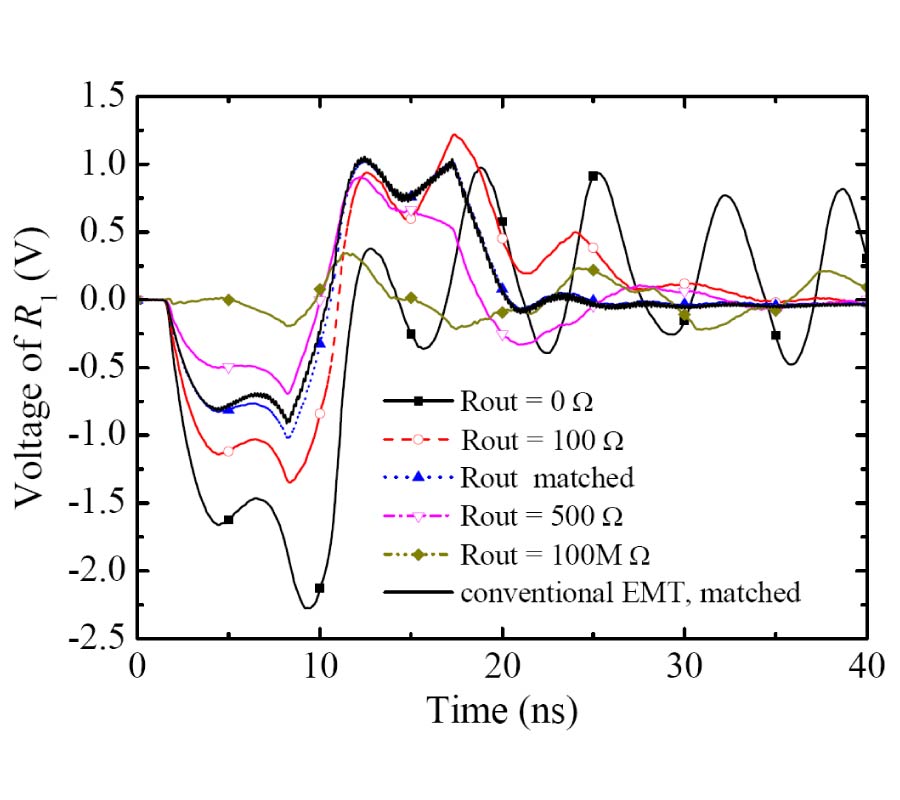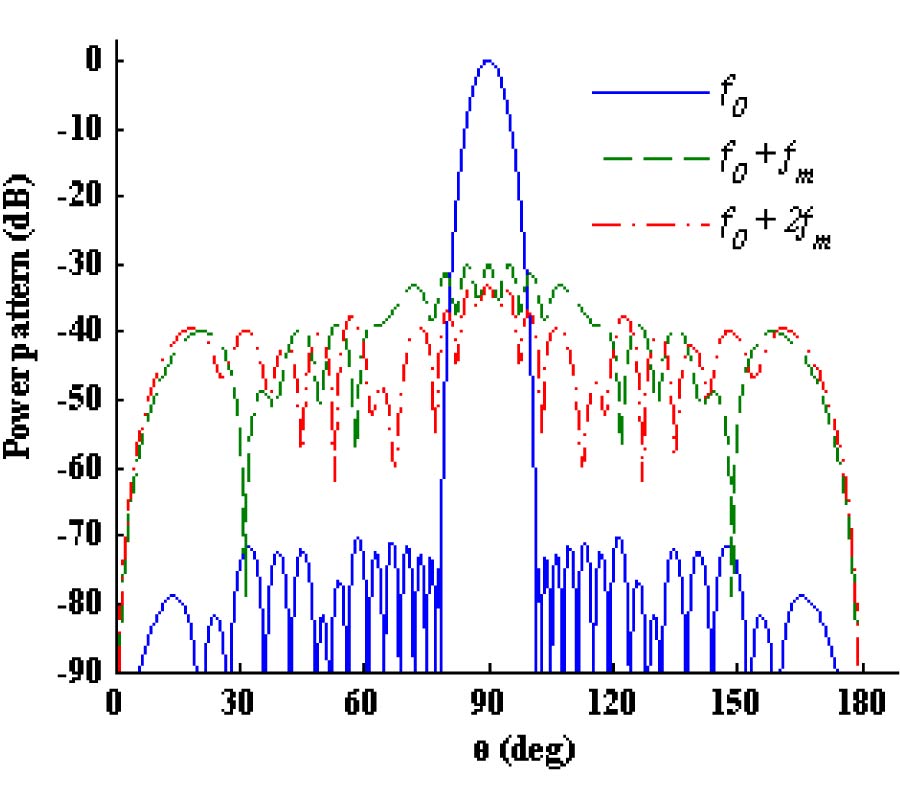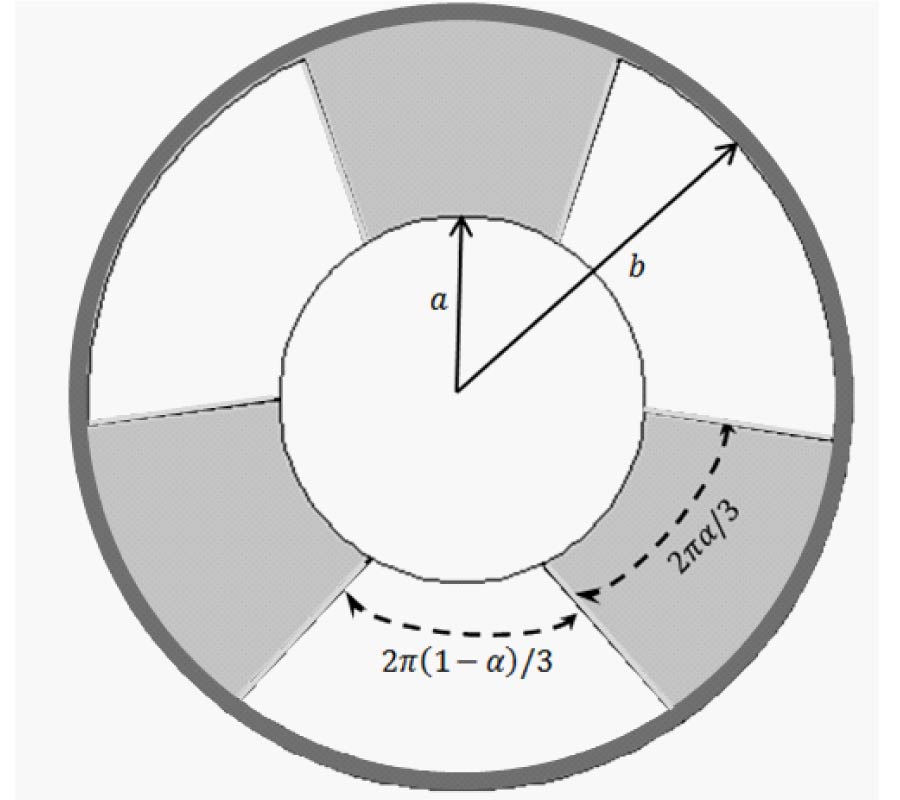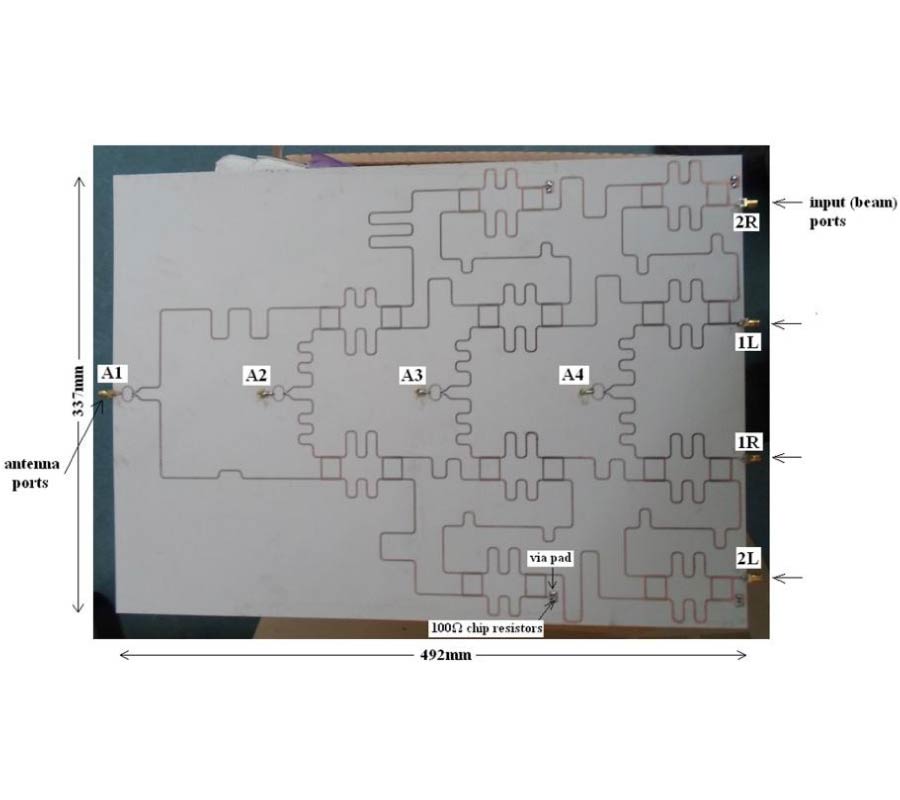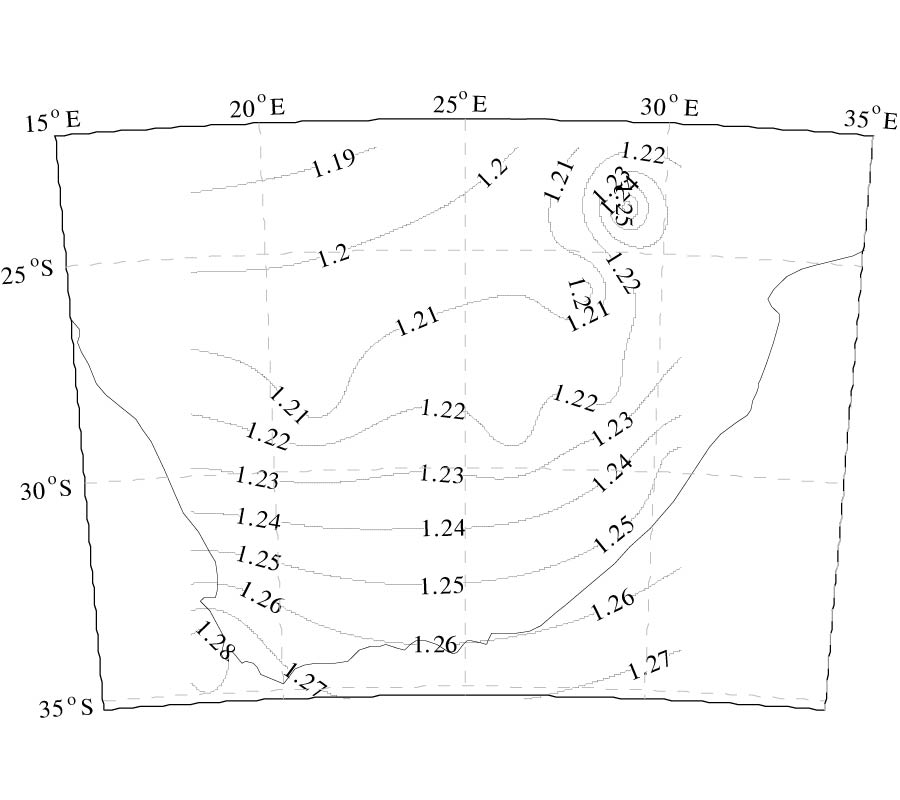Design of Reconfigurable Miniaturized UWB-BPF with Tuned Notched Band
Hesham Abd Elhady Mohamed
,
Heba B. El-Shaarawy
,
Esmat A. F. Abdallah
and
Hadia El-Hennawy
A new miniaturized ultra-wideband bandpass filter with embedded reconfigurable multiband frequency notch function was designed and implemented by embedding all the passive components into a printed circuit board with a high dielectric constant. The proposed filter consists of compact 2U-shaped DGS resonators shunt connected to parallel coupled lines to achieved frequency notch. To tune the notched band, suitable capacitor elements within the inner/outer U-DGS and RF PIN diode within the outer U-DGS are integrated. A curve fitting formula is derived to show the effect of the capacitor value on the center frequency of the notched band, which is decreased by 56.7%. These capacitors improved the quality factor and have the effect of reducing the filter size by 72% as compared to other filters. The RF PIN diode in the outer U-DGS acts as a switch to exhibit a band notch covering the bandwidth of the WLAN for IEEE 802.11 a/h at 5.5 GHz and RFID ISO 18000 series pars5 in microwave (MW) which is set at 5.8 GHz, 6.1 GHz and 6.8 GHz, and the other bands. RF PIN diodes control the notched band and raises it from 5.25 GHz to 6.85 GHz (27%) or remove the band notched according to its positions. In order to validate the feasibility of the proposed structure, UWB BPF with center frequency of 6.85 GHz is designed, fabricated, and measured. The filter has passband from 3.2 GHz to 10.7 GHz and notched band designed to generate stop band from 5.25 to 6.85 GHz, and the two transmission zeros are observable at 2 GHz and 12.5 GHz, respectively by measurement. This paper shows the miniaturized filter with size 6.7 mm x 65 mm occupying a circuit area of about 0.41λg by 0.39λg. The measured results for the proposed filter are in good agreement with simulations and verifies the excellent performance of the designed filter and the validity of the proposed approach.
